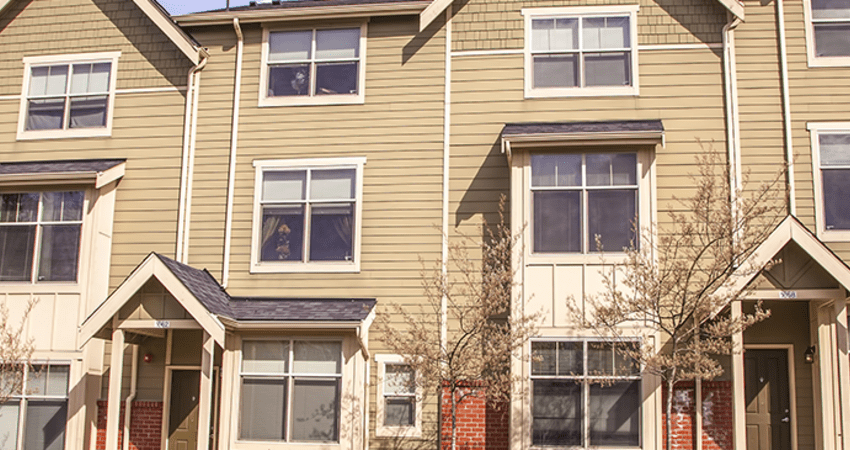Effects of Low-Income Housing Developments on Neighbourhoods
Introduction
Housing developments, particularly those aimed at low-income populations, play a crucial role in shaping the social and economic fabric of neighbourhoods. The construction of low-income housing developments is often driven by government policies and incentives, such as tax credits, which are designed to encourage affordable housing in areas that need it most. However, the impact of these developments on the surrounding communities is a topic of ongoing debate. This paper evaluates the impacts of low-income housing developments on the neighbourhoods in which they are built, focusing on the role of tax credits in influencing the number of units constructed and the subsequent effects on local areas.

The Role of Tax Credits in Housing Developments
Tax credits are a significant financial tool used by governments to incentivize the development of affordable housing. These credits reduce the tax liability of developers, effectively lowering the cost of construction and making it more feasible to build low-income housing units. The allocation of tax credits is typically determined by a set of criteria that consider neighbourhood characteristics, such as income levels, population density, and existing housing conditions. However, a discontinuity in the formula determining the allocation of tax credits can lead to pseudo-random assignment in the number of low-income housing units built in similar sets of census tracts.
For instance, a study by the Urban Institute [1] highlights how tax credits can influence the development of low-income housing. The study found that a 30 percent increase in the tax credit generates an increase of approximately 6 low-income housing units on a base of 9 units per tract. This finding underscores the significant impact that tax credits can have on the number of affordable housing units available in a given area. The availability of these units can, in turn, affect the demographic composition, economic vitality, and social dynamics of the neighbourhood.
The Impact on Neighborhood Characteristics
Demographic Changes
The introduction of low-income housing developments can lead to notable demographic changes in a neighbourhood. As more affordable housing units become available, there is often an influx of lower-income residents. This shift can alter the socioeconomic profile of the area, potentially leading to increased diversity but also posing challenges related to resource allocation and social integration. For example, a study by the National Bureau of Economic Research [2] found that the presence of low-income housing developments can lead to a more diverse neighbourhood, but it may also result in increased demand for social services and public amenities.
Economic Effects
Economically, low-income housing developments can have both positive and negative impacts on a neighborhood. On one hand, the construction and maintenance of these developments can create jobs and stimulate local economic activity. On the other hand, there may be concerns about property values and the potential for increased strain on local infrastructure and services. A report by the Center for Housing Policy [3] suggests that while low-income housing developments can contribute to local economic growth, they may also require additional investments in infrastructure to support the increased population density.
Social Dynamics
Socially, the presence of low-income housing developments can influence the dynamics of a neighbourhood. These developments can foster a sense of community and provide opportunities for social interaction among residents. However, they can also lead to tensions if there are perceived disparities in quality of life or if there is a lack of adequate social support systems. Research by the Brookings Institution [4] indicates that the social impact of low-income housing developments is highly context-dependent, with outcomes varying based on factors such as the quality of the housing, the level of community engagement, and the availability of social services.
Policy Implications and Future Directions
Policy Recommendations
Given the multifaceted impacts of low-income housing developments, policymakers need to carefully consider the allocation of tax credits and other incentives. It is essential to balance the need for affordable housing with the potential social and economic consequences for neighbourhoods. Policies should aim to promote sustainable development that enhances the quality of life for all residents while minimizing negative impacts. This may involve investing in community infrastructure, providing support for social integration, and ensuring that housing developments are well-integrated into the broader urban fabric.
Future Research
Future research should focus on long-term studies that track the evolution of neighbourhoods following the introduction of low-income housing developments. Additionally, there is a need for more nuanced analyses that consider the specific characteristics of different neighbourhoods and the varied ways in which residents interact with their environment. By deepening our understanding of these dynamics, we can develop more effective policies that support equitable and sustainable urban development.
Conclusion
In conclusion, low-income housing developments have a significant impact on the neighbourhoods in which they are built. The allocation of tax credits plays a crucial role in determining the number of units constructed and, consequently, the extent of these impacts. While these developments can lead to increased housing affordability and social diversity, they also pose challenges related to economic sustainability and social integration. By carefully considering these factors, policymakers can create more effective strategies for promoting affordable housing while enhancing the overall quality of life in urban communities.
[1] Urban Institute. (2022). The Impact of Tax Credits on Low-Income Housing. Link
[2] National Bureau of Economic Research. (2021). Demographic Changes in Neighborhoods with Low-Income Housing Developments. Link
[3] Centre for Housing Policy. (2020). Economic Effects of Low-Income Housing Developments. Link
[4] Brookings Institution. (2023). Social Dynamics in Neighborhoods with Low-Income Housing. Link
